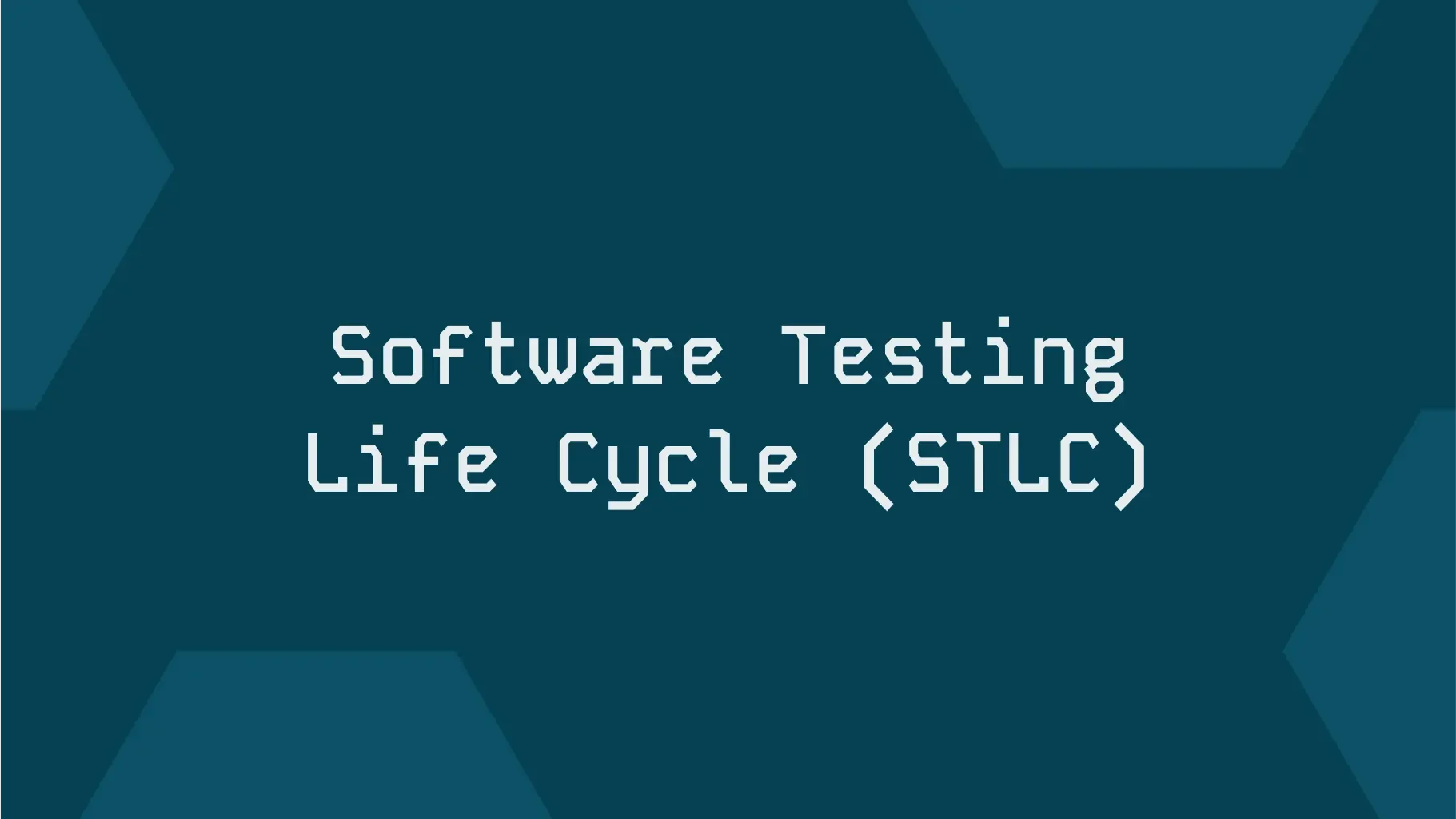Software Testing Life Cycle (STLC)
Introduction
The Software Testing Life Cycle (STLC) is a structured process designed to ensure software quality at every stage of development. By systematically moving through each STLC phase—from Requirements Analysis to Test Closure—teams can identify defects early, reduce rework, and deliver more reliable applications. As software testing trends evolve, integrating emerging practices like AI-driven testing can significantly enhance the overall testing strategy.

Get the Mobile Testing Playbook Used by 800+ QA Teams
Discover 50+ battle-tested strategies to catch critical bugs before production and ship 5-star apps faster.
1. What is STLC?
The Software Testing Life Cycle (STLC) consists of dedicated phases aimed at validating both the functionality and performance of a software product. Key objectives include:
Clarifying functional and non-functional requirements
Developing effective test plans and cases
Ensuring defects are identified and addressed promptly
Delivering a reliable, user-friendly product
While STLC operates within the broader Software Development Lifecycle (SDLC), it zeroes in on quality assurance and defect prevention—crucial elements in today’s fast-paced, competitive software market.

2. Key STLC Phases
2.1 Requirements Analysis
Objective:
Identify, refine, and confirm testable requirements
Activities:
Reviewing requirement documentation with stakeholders
Determining feasibility and resource needs
Setting testing priorities and scope
2.2 Test Planning
Objective:
Formulate a cohesive testing strategy
Activities:
Selecting tools (including any AI-driven platforms)
Defining metrics for success
Resource scheduling and risk assessment
2.3 Test Case Development
Objective:
Create comprehensive test cases linked to requirements
Activities:
Developing relevant test data and scenarios
Using a traceability matrix for coverage tracking
Incorporating AI-assisted test generation for efficiency (where applicable)
2.4 Test Environment Setup
Objective:
Establish an environment mirroring production conditions
Activities:
Configuring servers, tools, and data
Validating integrations and system prerequisites
Ensuring readiness for automated or AI-augmented testing
2.5 Test Execution and Defect Management
Objective:
Execute test cases, document outcomes, and manage defects
Activities:
Logging defects, assigning severity, and tracking resolutions
Retesting fixes and updating reports
Leveraging AI/ML tools for anomaly detection and defect triaging
2.6 Test Closure
Objective:
Assess the overall effectiveness of the STLC process
Activities:
Analyzing test results, coverage, and defect trends
Documenting lessons learned
Identifying opportunities for AI-powered improvements in future cycles
3. Spotlight on System Testing
System Testing is the phase in the STLC where the fully integrated product is examined in an environment that closely resembles real-world usage. QA teams validate:
End-to-End Functionality: Ensuring features work cohesively across modules.
Usability and Performance: Checking responsiveness and load handling.
Error Handling: Verifying the application gracefully manages unexpected inputs.
Conducting System Testing at this stage gives stakeholders confidence that the software behaves correctly under diverse conditions before proceeding to the final phases of the STLC.
4. Current Software Testing Trends
In addition to the foundational STLC phases, staying aware of software testing trends keeps your QA process innovative and effective:
Continuous Testing: Automating tests in sync with development to catch issues early.
Real Device Testing: Verifying performance across various hardware and operating systems.
Shift-Left Testing: Incorporating quality checks at the earliest stages of development.
AI/ML-Powered Testing: Utilizing machine learning to predict potential failure points, generate test scripts automatically, and optimize regression suites.
Pro Tip: Adopting AI/ML in your QA toolkit can significantly reduce manual effort in test design, maintenance, and defect analysis, all while boosting accuracy.
5. Testing Best Practices
Whether you’re enhancing specific STLC phases or implementing System Testing, these testing best practices streamline your QA efforts:
Align Tests with Business Goals
Every test case should trace back to a business or user need.
Maintain Clear Documentation
Rely on a traceability matrix to map requirements to test cases and defects.
Prioritize High-Risk Areas
Incorporate Continuous Testing for mission-critical features first.
Balance Automation and AI
Use automation for repetitive tasks and let AI handle complex analytics (e.g., pattern recognition in large log sets).
Foster Collaboration
Engage developers, testers, and product owners early in the STLC to clarify requirements and reduce rework.
6. Embracing AI/ML Within STLC
here’s how AI/ML can enhance each STLC phase:
Requirements Analysis: Automated review tools can highlight ambiguities or inconsistencies in requirement documents by scanning for anomalies.
Test Planning & Development: AI-driven tools can suggest optimal test coverage, generate test scripts, and even self-heal failing scripts to adapt to UI changes.
Defect Management: Predictive models can flag areas of code more prone to failure, enabling proactive testing and faster resolution.
Regression & Continuous Testing: Machine learning algorithms can rank and prioritize test cases based on historical pass/fail data, focusing on the highest-risk components first.
By thoughtfully applying AI/ML within the STLC, teams gain better accuracy, efficiency, and adaptability in the face of evolving application requirements.
7. Implementing STLC Successfully
Making the most of the Software Testing Life Cycle requires:
Clear Roadmap: Outline deliverables, timelines, and responsibilities for each STLC phase.
Consistent Monitoring: Track test progress, defect rates, and coverage. Adjust strategies as needed.
Iterative Improvements: Apply lessons learned from one release cycle to the next, incorporating software testing trends like Continuous Testing and AI-driven tools.
Conclusion
A well-defined Software Testing Life Cycle (STLC), combined with strategic use of AI/ML and modern software testing trends, ensures higher-quality releases and fewer production surprises. By following each STLC phase—from Requirements Analysis to Test Closure—and aligning with testing best practices, you create a robust QA framework that meets both technical and business objectives.
Key Takeaway: The STLC provides the roadmap, while AI and modern trends supply the fuel. Together, they empower teams to deliver software that is not just functional and secure—but also future-ready in an ever-evolving digital landscape.





